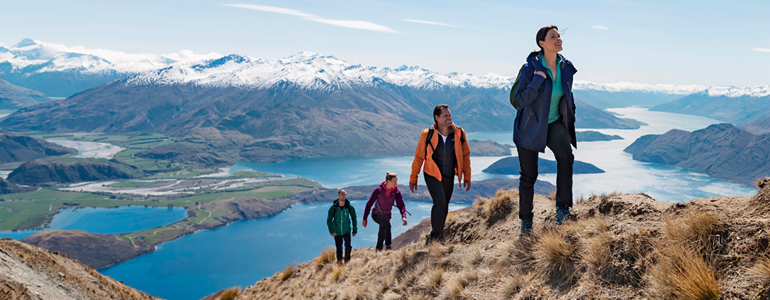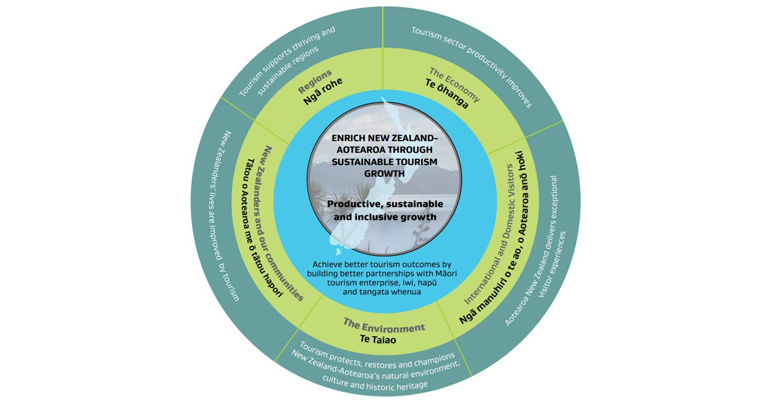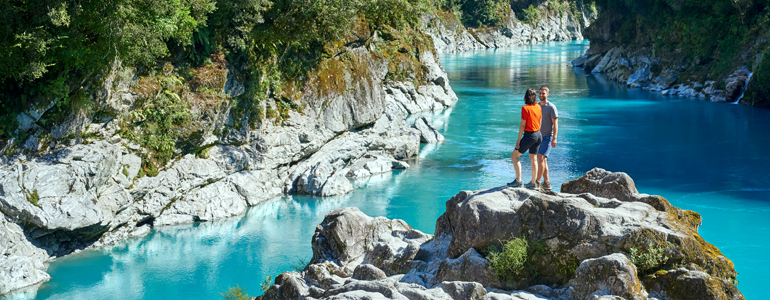Background
On this page

Growth in global travel means that some destinations around the world are under pressure from tourism, resulting in overcrowding and negative effects on the quality of the visitor experience, the environment and communities.
Security concerns, climate change and changing technology are influencing visitors’ decision making; their needs and expectations are evolving, with more travellers concerned about making responsible travel choices.
Visitors are also seeking greater connection and meaning from their travel experiences, wanting to immerse themselves more in communities and to connect with local people and cultures.
New Zealand has shared in this growth and many of these challenges and opportunities are having an influence on our situation.
Tourism is New Zealand’s largest export industry and a significant part of the economy. International visitor growth has been steady over much of the last decade, primarily driven by the decreasing cost of travel and favourable global economic conditions. This has been complemented by a buoyant New Zealand economy and growth in domestic spending on tourism. While the number of international arrivals has been slowing since 2017, visitor numbers are expected to grow over the longer term.
The New Zealand-Aotearoa Government Tourism Strategy was launched in May 2019 and aims to enrich New Zealand through sustainable tourism growth, underpinned by productive, sustainable and inclusive tourism.

Diagram description
Destination Management (DM) is a key focus of the strategy and will contribute to the following strategy goals:
- Tourism supports thriving and sustainable regions
- Tourism sector productivity improves
- New Zealand-Aotearoa delivers exceptional visitor experiences
- Tourism protects, restores and champions New Zealand-Aotearoa’s natural environment, culture and historic heritage
- New Zealanders’ lives are improved by tourism.
DM and planning is also a priority area of the Tourism Industry Aotearoa’s (TIA’s) strategy.
Tourism 2025 & Beyond – A Sustainable Growth Framework(external link)

“The Government’s goal is to enrich New Zealand Aotearoa through sustainable tourism growth. This requires better coordination across the range of individuals and agencies, both public and private, that make up the tourism sector. We need to make sure that tourism evolves in a way that is consistent with, and supported by, local communities and Māori/iwi.
Destination Management and planning is the mechanism by which New Zealanders can ensure that tourism in their region reflects their wishes and they have an agreed way to maximise the benefits that tourism brings whilst managing any negative impacts. It helps give greater certainty to the private sector that enables long term investment as well as confidence to the public sector about the facilities and services they need to provide.
Destination Management and planning plays a critical role in the tourism eco-system and I would like to thank all of those individuals who have contributed to the development of these best practice guidelines.”
Iain Cossar, GM Tourism,
Ministry of Business, Innovation and Employment
Statistics
- 41% growth in visitor arrivals in the last 5 years
- 72% growth in spend in the last 5 years
- 3.9 million annual international visitors
- 58% tourism spending is by domestic visitors
- 5.1 million annual visitors by 2025
- $17.2 billion or 20% of exports
- $16.2 billion direct, $11.2 billion indirect contribution to GDP
- 230,000 people employed, approx. 8% of total workforce
- NZ population 4.9 million - half a million increase in the last six years
![]()
Sustainability sits at the heart of DM and enables benefits to be realised while managing the impacts of tourism.

